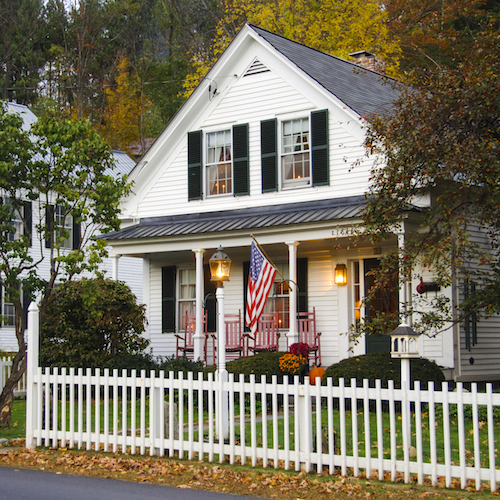Housing
Detroit Real Estate Value Drops Below Tiny Ann Arbor

Published:
Last Updated:

The value of all the real estate in Ann Arbor, the home of the University of Michigan, is greater than all the real estate in Detroit. The numbers are based on a study by Bridge Magazine.
Ann Arbor’s population is slightly less than 118,000. Detroit’s is just below 678,000. Ann Arbor occupies 28 square miles. The similar number for Detroit is 143 square miles.
The data show just how much the value of a vast area of Detroit’s real estate has cratered. Downtown by the Detroit River, many of the buildings have been renovated by developers. This makes the real estate there more valuable, which means the valuations in the rest of Detroit are even worse than the number mentioned in the study.
One of the contributors to the low Detroit figure has to be the vast portion of the city that is in ruins, with tens of thousands of unoccupied homes. Among the way the local government has dealt with this is by bulldozing these homes. However, that is a job that is far from finished.
According to a report on the Bridge Magazine study in Crain’s Detroit Business:
Last year, Ann Arbor’s total assessed property value, which is half of market value, was $6.38 billion, according to data compiled by Bridge Magazine, while Detroit’s was $5.43 billion; the year before, Ann Arbor was $5.95 billion, just ahead of Detroit’s $5.91 billion.
Also:
The state-equalized values are typically considered half of the market value, which puts Ann Arbor at $12.76 billion and Detroit at $10.86 billion for 2016. The figures include residential, commercial, industrial and development properties.
Proponents of the Detroit turnaround have been criticized for using the downtown as a measure of the rest of the city. That is not even close to accurate.
Thank you for reading! Have some feedback for us?
Contact the 24/7 Wall St. editorial team.